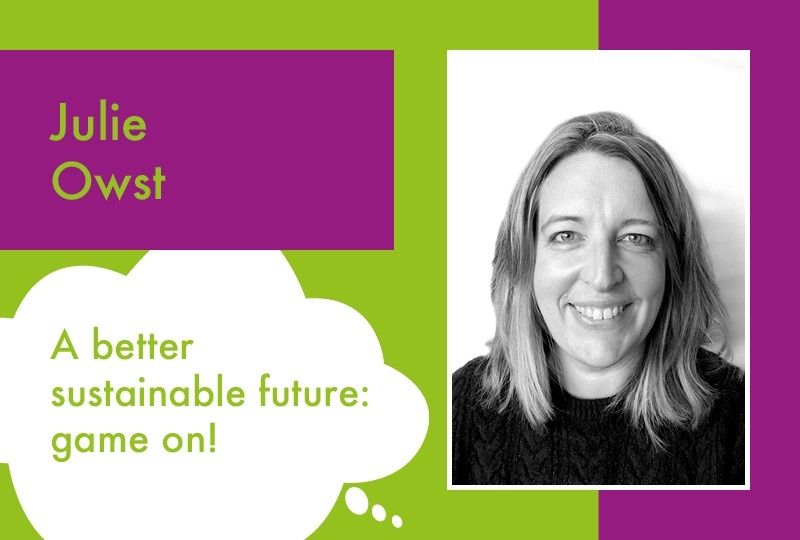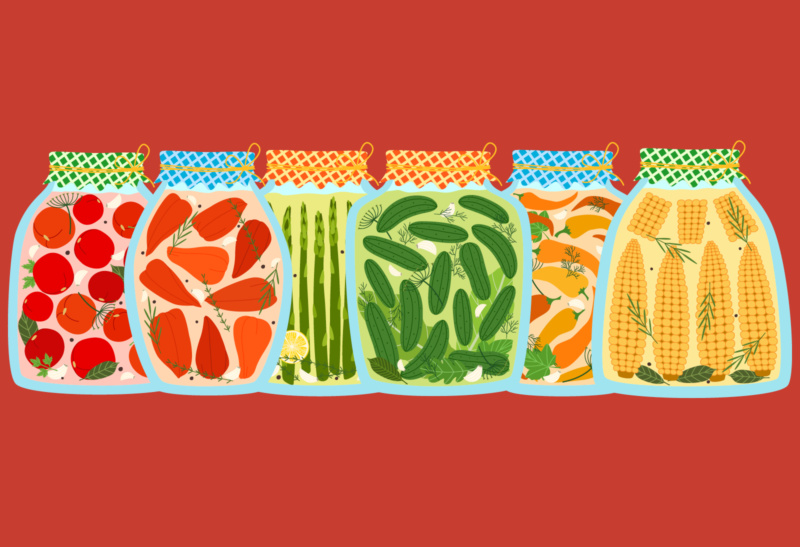My hope is that by gaining a stronger understanding of the subject, I can be more effective in pushing for greater change at work and beyond.
On a practical level, funding was always a blocker, so being able to secure Apprenticeship Levy funding via my employer combined with their sponsorship was a game-changer!
The course is already so thought-provoking that I thought I’d start a blog so that I can share insights as I go along, and ideally, help you think more broadly about this subject.
One of the first things we did was play a game called ‘Sustainable Futures’. Designed by Cranfield University, it was used at COP26 to bring to life the alternative courses of action we can take and the possible versions of the future that exist depending on those actions.
As a summary, different players adopt the roles of different ‘actors’ to represent society; a corporate organisation, a policy maker, an individual activist, a civil society, and so on. A time machine whisks us collectively to 2030, 2040 and 2050 at different stages of the game, and at each stage, we get to see a possible version of the future.
Players have to choose their preferred course of action and as the game progresses, the time machine goes both backwards and forwards, enabling us to see possible outcomes, each time returning to 2022, enabling us to choose different courses of action to further alter the outcome.
There are several possible reflections to be made on playing this game, but I’d like to highlight four.
1. Observing this game being played, it was clear initially that each ‘actor’ in society wanted to compete.
They wanted the credit for their initiative, they each wanted the strongest voice, and they each adopted the cause that supported their agenda.
Again, this felt a bit close to the bone, as we see this scenario played out frequently in real life. It was only in the second round that actors collaborated; they could choose to amplify each other’s voices, lend support to campaigns they considered worthy, and overall, be far more effective in achieving progress.
It led me be to more determined to seek ways we can better collaborate. We don’t have to reinvent the wheel if there is already an effective campaign or initiative to back.
2. What does ‘winning’ really mean, anyway?
The game showed that some ‘actors’ were more effective than others in terms of the impact of their actions, and certain outcomes were ‘won’ but social and environmental issues both have to be seen as part of the same picture.
As the climate crisis grows, it’s possible to focus almost exclusively on the achievement of ‘net zero’, but at what cost? At one stage in the game, we’d harnessed enough investment and pushed policy sufficiently to achieve net-zero emissions, but we’d done so without involving nature in the solution; we’d focused on the data and the technology.
As a result, we were fast-forwarded to a dystopian future containing a ‘museum’ of animals that used to exist, visually recreated using solar panels. It was soulless and not a future I’d want to see.
Thankfully it was only a game, but the likelihood of this outcome in real life felt uncomfortably close. We absolutely have to consider nature based solutions when addressing the climate crisis.
Regenerative agriculture is a classic example of nature providing a solution in the food industry; we have to work on implementing this more widely.
3. Playing the game and seeing the possibilities of different and varied outcomes emphasised the absolute need to involve a wider range of voices in identifying and prioritising solutions.
Not only does this mean greater diversity of human voices in positions of influence so that climate justice becomes a reality, it means acknowledging that nature should have a voice. One of the more optimistic possible outcomes we experienced was a court of law where the ‘voice’ of nature was represented alongside the human voice.
It’s not so distant a reality as you might think; there are already a growing number of voices pushing for ‘ecocide’ to be recognised as a crime. This was first suggested by Swedish Prime Minister, Olof Palme, in the 1970s when the US blasted Vietnam with Agent Orange, causing widespread huge environmental damage, but the concept is finally gathering pace.
The EU has encouraged its member states to promote ecocide as a domestic crime and to campaign for its recognition within international courts.
4. I experienced the game in two ways: the first time as a participant, and the second as an observer, both led to different learnings.
As a participant I got emotionally very involved in the issues and the most strategic course of action. The sense of responsibility to do the right thing conflicted with the desire to ‘win’. As an observer, it was initially less satisfying, but I could fully appreciate how counter-productive the competitiveness was.
As an observer, you’re willing them to reach consensus and collaborate because you already understand the version of the future that they face without doing so.
So, those are four of my main reflections on the back of my first week; they continue to shape my thinking and motivate me that with collaboration, creativity, determination and diversity of voices, alternative futures are still possible.
The game was obviously fictional but made the point very effectively that we won’t always have the chance to turn the clock back and change our course of action.
To find out more about the Sustainable Futures game, click here: Exploring Sustainable Futures Game (cranfield.ac.uk).



